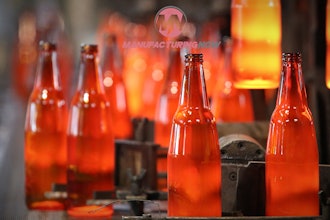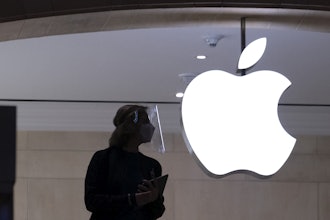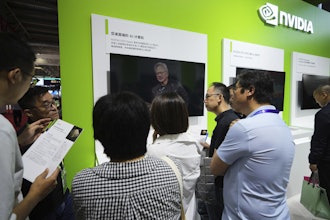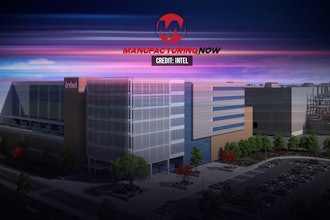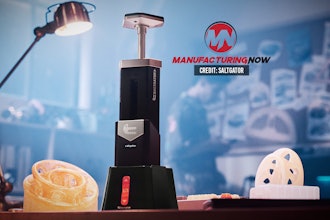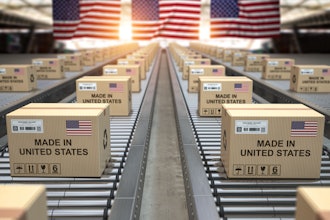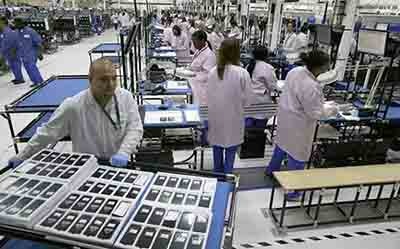
Establishing new customer engagement opportunities is a top priority for manufacturers who are looking to build brand loyalty plus meet the expectations of the highly demanding Millennial consumer.
The modern consumer is certainly a new breed. Researching features and pricing options online, today’s consumer — whether buying a car or toothpaste — is more informed, more discerning and quick to leap from one brand to the next. This certainly places added pressures on manufacturers. Already operating with lean staffs and thin margins, many manufacturers are struggling to answer the consumer’s expectations for faster delivery, more product choices and more value.
But, there are also manufacturers who have decided to confront the challenge with full force, striving to turn their consumer responsiveness into a competitive differentiator. Some tech savvy manufacturers are embracing the consumer-centric era in manufacturing and turning to IT solutions to help them interact with consumers in a meaningful ways. These forward-thinking manufacturers are actually building customer engagement opportunities into the product lifecycle.
This has two benefits: it meets customer expectations for highly configured products, plus it allows manufacturers to foster customer relationships, leading to greater customer loyalty. In today’s highly competitive market, these two benefits provide important opportunities to move purchase decision from being purely price driven.
Meeting consumer expectations
Not only do today’s consumers insist on speed of delivery, quality and value — they also prefer products that are highly customized. The millennial generation (born between 1981and 1998) in particular, is accustomed to “on demand” access to information, products and services, creating a highly self-focused generation with expectations for instant gratification and personalized attention. This generation has grown up with continuous internet access, online shopping and companies like Amazon and Pandora, which anticipate their preferences and make suggestions based on past searches and purchase trends. Consciously or subconsciously, such experiences train consumers to expect personalized attention in all of their purchasing decisions. This heightened level of customer demand, however, creates many logistical challenges for manufacturers.
Customer collaboration on new product design is especially important in industries with mission critical or capital intensive products, like A&D, industrial equipment or material handling, among others. Manufacturers of these highly specialized products with critical specifications benefit from the involvement of their customers. The end user always provides valuable insights about real-life needs and field conditions. Modern ERP solutions with built in collaborative and social tools support real-time conversations, sharing of schematics and the ability to create and share renderings, all within the confines of the project, budget goals and compliance mandates. Because the collaboration happens within the scope of the ERP system, intellectual property is protected, decisions are documented, and insights are captured for future tracking and contribution to the knowledge base.
Responding through product innovation
While many customer engagement techniques fall within the marketing and customer service arenas, there are other ways to engage with consumers on a more substantial product level. Product designs can be manipulated so that an ongoing relationship with the manufacturer is built into the design. This tactic has long been in use by consumer goods manufacturers who built major revenue streams around the sale of consumables, such as bags for vacuums, filters on furnaces, salt in water softeners or ink for printers. Consumers expect these ongoing small inconveniences and costs.
Now, equipped with smart sensors and machine-to machine connectivity, manufacturers can take this concept a step further. A refrigerator can “sense” when it is time to have its water filter replaced and signal the consumer with an email. In more advanced, commercial-grade or industrial-sized equipment, the piece of equipment—such as industrial ovens or freight elevators — may actually go as far as scheduling the preventive maintenance and ordering replacement consumables, such as filters or light bulbs, which need to be replaced.
As more and more types of equipment become highly computerized and incorporate high tech components, ongoing interaction with the manufacturer/supplier becomes necessary — and an opportunity for the manufacturers to be engaged with the customer. Delivery, installation, calibration, set-up, preventive maintenance and service contracts all offer opportunities for manufacturers to remain in the relationship with the customer. These interactions can make or break the brand perception.
In the ideal world, the installation and service technicians enhance the brand name and become trusted advisors to the customer. The HVAC industry has proven this concept is effective — and profitable. Licensed installers and service contractors, certified by manufacturers, play an important role in heating and cooling in residential, commercial and industrial markets by advising building owners on best ways to optimize use of the equipment for results.
Other industries have established similar models, especially when the installation and preventive maintenance are critical to the success of the goods sold, such as medical equipment, security systems and devices used in emergency response. For luxury goods, such a yachts and customized recreational vehicles, the ongoing service may be more about pampering the customer than about a critical mission or security. No matter the purpose, any opportunity to engage with the consumer after the purchase provides a chance to reinforce the value of the brand, suggest repeat purchases or upgrade/add-on options.
The role of IT solutions
Modern IT solutions help manufacturers manage customer engagement strategies, whether they involve order processing, collaboration on design, product configuration tools or analytics to predict buying trends and maintain appropriate inventory levels. Software solutions also help manage aftermarket service, warranty and maintenance contracts. Without careful management of the many variables and fast-changing conditions, manufactures risk having a customer engagement program backfire. No manufacturer can afford to have customers voice complaints through social channels.
On the other hand, a well-managed, efficient system offers just the brand reinforcement that manufacturers are seeking. Multi-touch programs that engage consumers before, during and after their purchases help give the manufacturer an identity that is distinctive and memorable. This is critical as manufacturers face global competition and must use every possible tool to stand out among the proliferation of products and messages vying for consumer attention.
Larry Korak is Director of Industry & Strategy, Industrial Manufacturing at Infor.








